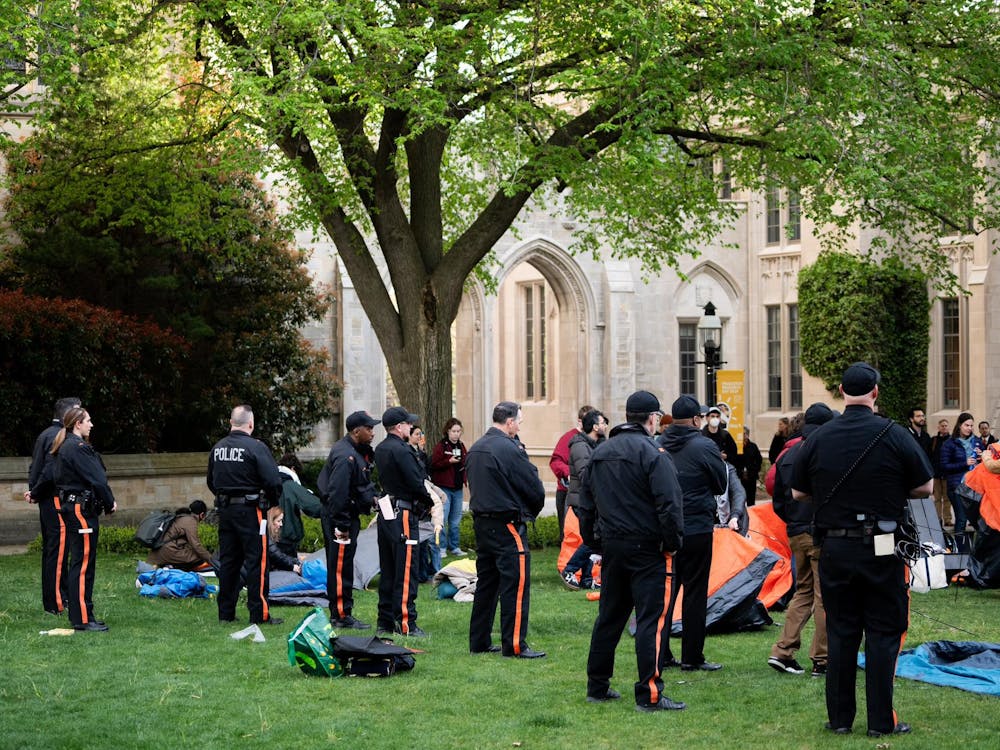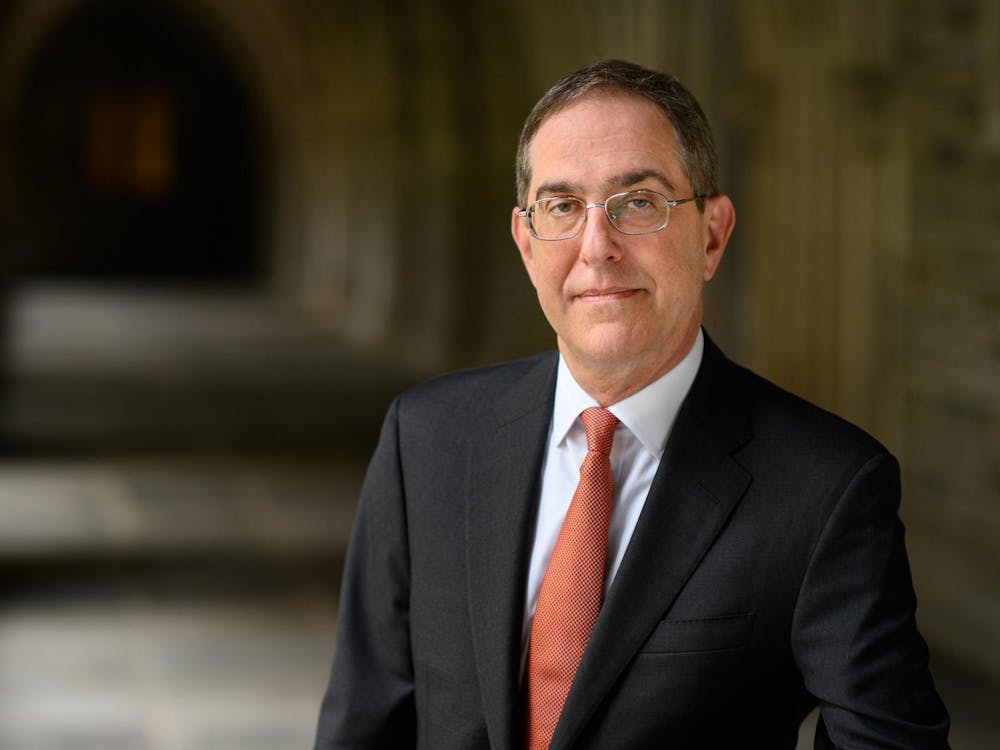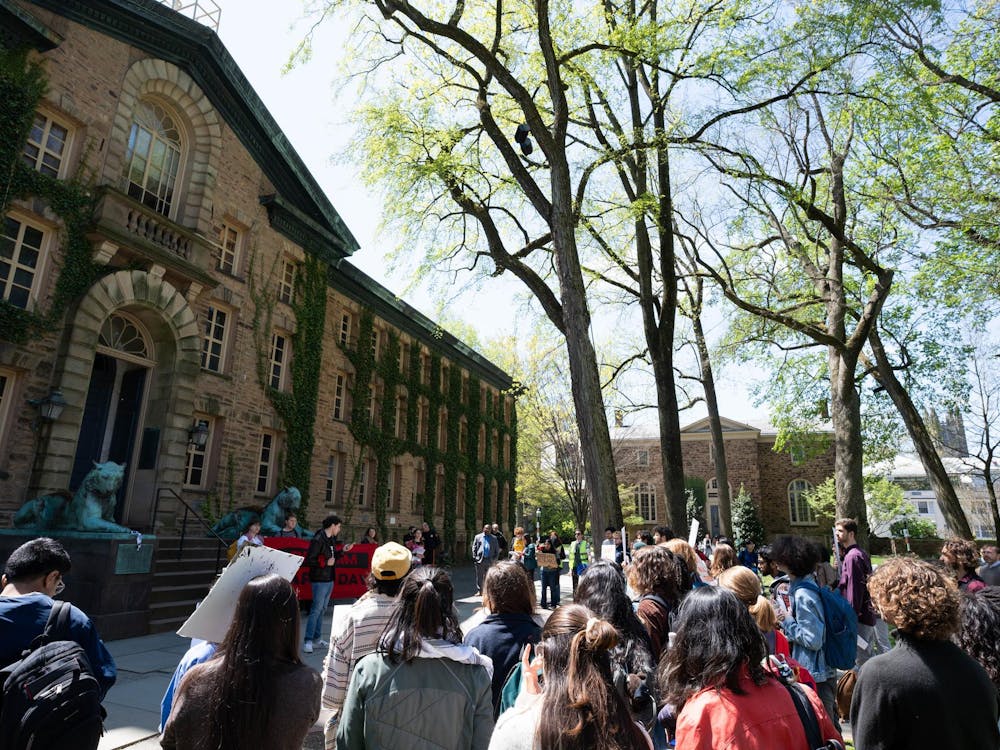Last week, the Wilson School hosted former Secretary of Health and Human Services Kathleen Sebelius, as well as Dr. Willie Parker, one of the last physicians performing abortions in Mississippi, to deliver lectures in Robertson Hall. This week, on Wednesday, the Wilson School will welcome last year’s Texan Democrat gubernatorial candidate Wendy Davis to campus for another such University-sponsored lecture. In response to the appearance of these high-profile liberal figures, a number of students on campus have expressed concerns over a perceived liberal homogeneity among invited speakers. Whether or not allegations of a liberal campus orthodoxy have merit, the Editorial Board recognizes the value of diversity of thought on campus and encourages the University to take active measures to encourage constructive debate.
Diversity of thought is critical for the project of a university. It is through the respectful clash of ideas that productive dialogue, mutual understanding and learning occur. This is not to endorse any and all ideology — and certainly not those ideologies that are inimical to fair-minded conversation (such as racism or hate of persons). But reasonable people of goodwill can disagree — and very often they do, especially on difficult questions of faith, morals and politics. These tough questions should be discussed and debated at the University with due balance and tolerance.
We propose two specific ways in which the University can foster diversity of thought at University-sponsored lectures. First, the University and its various departments should host more panel events with groups of scholars representing different views. Arranging more independent panel events and faculty panels after guest lectures would be especially conducive to robust debate and dialogue. Secondly, we suggest that University lecture coordinators adopt a better format for Q&A sessions at politically-charged talks than the common system of having questioners form lines behind microphones toward the front of the venue.
The University already hosts a number of panel events, but more would be welcome. Such public discussions help to generate a salutary diversity of thought, provided that scholars of different viewpoints from both the Princeton faculty and the greater academic community are selected. Even at major single-speaker events, more could be done to encourage the fruitful clash of ideas. Q&A sessions following a speaker’s remarks allow the audience to engage with speakers in a way that can prove illuminating for all. However, this beneficial outcome is only obtained when a variety of questions are asked.
Following Secretary Sebelius’s lecture last week, a group of College Republicans stormed the microphones to ask a litany of confrontational questions, thereby preventing many unaffiliated students from asking their own pressing questions. Similarly, at the conclusion of Dr. Willie Parker’s talk the next day, a large group of pro-choice graduate students and College Democrats rushed to the microphones to ask friendly questions. In so doing, they prevented many pro-life students from asking their questions. Clearly, this Q&A format is prone to abuse. Single groups monopolizing Q&A sessions narrows the critical conversation and limits the educational value of University events.
We propose instead that Q&A sessions be conducted by alternating between questions from those lined up at the microphones and those randomly chosen from the audience by a neutral moderator or by the speaker. This would ensure a balance between the questions of those who take the initiative to get to the microphones and the questions of others who do not make it to the head of the line — whether because of an unfortunate middle-of-the-row seat or because they did not come with a prepared question. Such a format, we believe, would greatly help to bring differing ideas into conversation and enliven the educative experience of these lectures in general. Through a diversity of thought, the best ideas may triumph.
The Editorial Board is an independent body and decides its opinions separately from the regular staff and editors of the ‘Prince.’ The Board answers only to its chair, the opinion editor and the editor-in-chief.








